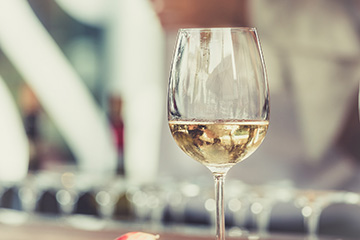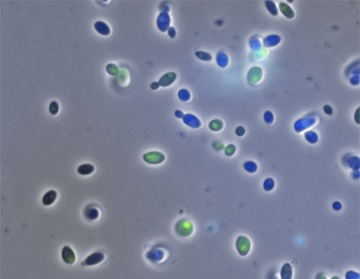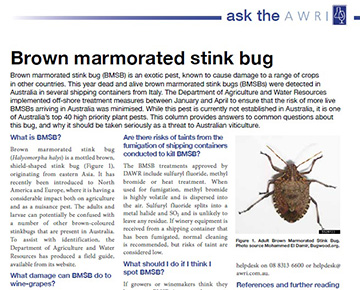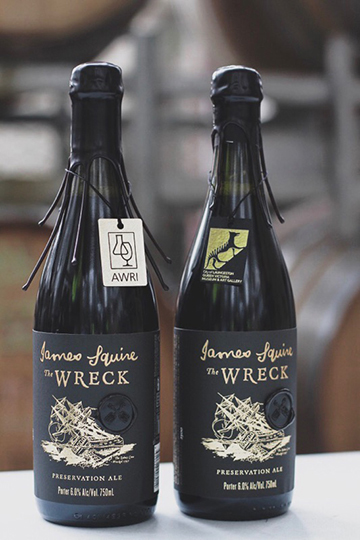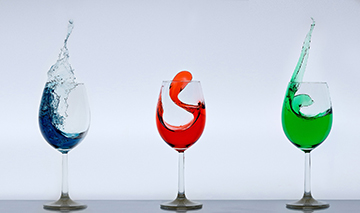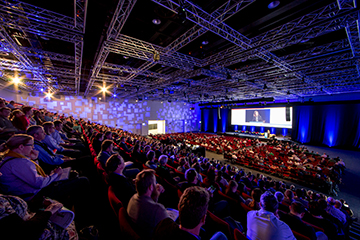Starting 11 October, Dr Everard Edwards from CSIRO provides insights into how vine balance can directly affect fruit composition. The next five webinars address weather forecasting tools, the benefits of undervine cover cropping, soil salinity, increasing wine flavour, and a Bureau of Meteorology outlook for vintage 2019.
Each webinar includes a presentation and an opportunity for audience members to ask questions and is usually held on a Thursday at 11:30 am Australian Central Daylight Time (Adelaide, GMT+10:30). All AWRI webinars are free to attend.
After registering for a webinar, you will receive a confirmation email with a link to join the session.
The next six webinars for the program are:
11 October 2018: Targeted manipulation of vine balance: does vine balance directly affect fruit composition? – Dr Everard Edwards (CSIRO)
18 October 2018: Unravelling the mystery of probability in weather and climate forecasts – Veron Carr (Bureau of Meteorology)
25 October 2018: Vine medication – the benefits of undervine cover cropping – Chris Penfold (University of Adelaide)
8 November 2018: Salinity – practical information for growers – Kerry DeGaris (AWRI)
20 November 2018: Increasing wine flavour with glycoside additions – Mango Parker (AWRI)
6 December 2018: Bureau of Meteorology Seasonal Outlook for vintage 2019 – Darren Ray (Bureau of Meteorology)
System requirements
You will need a computer or mobile device with an internet connection. Audio is connected over the internet using your computer or mobile device’s speakers (Voice over Internet Protocol – VOIP). Participants joining a webinar via a mobile device will need to download a free app available from iTunes or Google Play.
If you’ve missed a previous AWRI webinar, you can watch online via the AWRI’s YouTube channel.
For further information on AWRI webinars, please contact the AWRI information services team.


